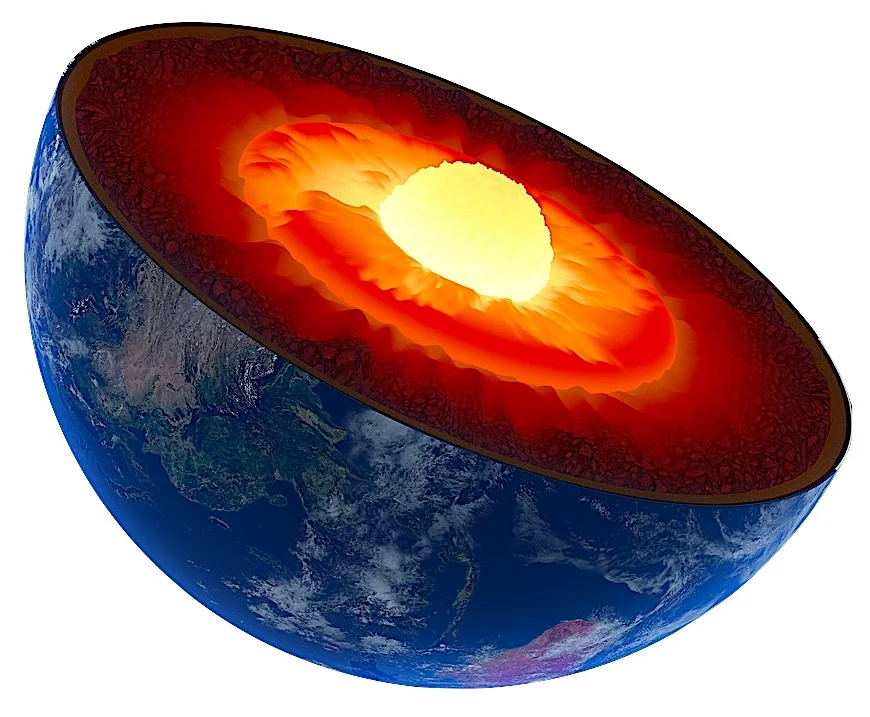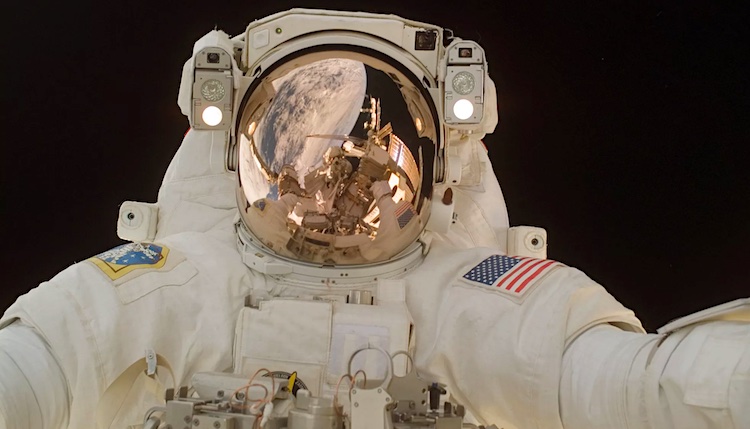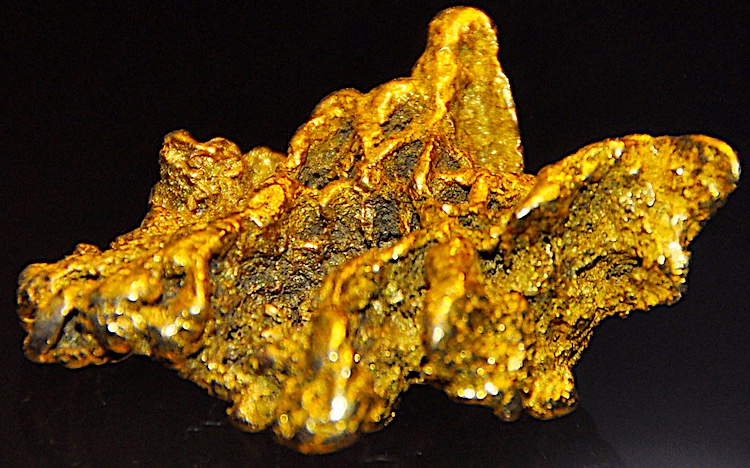More than 216,000 tonnes of gold have been mined from Earth, of which nearly 148,000 tonnes have been mined since 1950. Other independent calculations vary by as much as 20 percent.
In the past decade, most of the gold has come from five countries: China, Australia, Russia, South Africa, and the United States.
As of 2025, the price of one gram of gold was approximately $118. So, one metric ton of gold costs $118 million. If you do the calculation, the total value of all gold ever mined (216,000,000,000 grams) will exceed $25.48 trillion.
The figure might sound staggering, but if all the gold in the world were melted down into a single cube, it would measure just 22 meters on each side. This compact size is due to gold’s exceptionally high density of 19.3 grams per cubic centimeter, making it far denser than many other elements.
Did you know?
The oldest gold artifacts in the world are from Bulgaria, which date back to the 5th millennium BC (4,600 BC to 4,200 BC),
Found in Bulgaria, the Varna Necropolis is a burial site dating back to around 4,500 BCE. It contains a collection of gold artifacts, including intricate jewelry, ornaments, and ceremonial objects.
Table of Contents
How Much Gold is the Earth’s Crust?
Nobody really knows. Determining the exact amount of gold in the Earth’s crust is very difficult due to the different types of rocks, unequal gold concentrations across various regions, and the vast size of the planet.
However, researchers and geologists have made estimations based on available data and current understanding of gold deposits.
It is estimated that the average concentration of gold in the Earth’s crust is only 0.005 parts per million, making it one of the rarest elements in the world. This means that for one million parts of soil or rock, about 0.005 parts are made of gold.
Gold concentration is not constant throughout the Earth — it varies substantially depending on certain types of deposits and the geological environment.
In order to determine the total amount of gold in the Earth’s crust, we need to consider two factors:
- Weight of the Earth’s crust, which is nearly 29.8 billion trillion (2.98 x 10^19) metric tons
- The average gold concentration, which is about 0.005 parts per million.
Multiplying the crust weight by the average gold concentration gives us an approximate figure of 150 quadrillion metric tons of gold in Earth’s crust. This includes both identified and undiscovered gold deposits.
That’s a lot of gold. But not all of it is economically feasible to extract. Since most gold deposits have low concentrations, it is not economically viable for mining. It requires significant investment in mining operations, infrastructure, and labor.
Mining companies, academic research, and geological surveys often provide estimates of the gold content based on available data and geological knowledge.

Moreover, it is worth mentioning that the estimates mentioned above refer to the gold content in the Earth’s crust, which accounts for only a fraction of the total gold in the Earth.
There are significant amounts of gold present in Earth’s mantle and core. However, extracting gold content from those regions is currently beyond our technological capabilities due to extreme conditions (such as the utmost high temperature, pressure, chemical differentiation, and seismic activities) in deep layers of the Earth.
Global Gold Production
The production of gold across the world varies from year to year due to several factors, including economic conditions, mining operations, and fluctuations in gold prices.
In 2025, global gold production exceeded 3,600 metric tons. The five major gold-producing countries were China (with 380 metric tons), Australia (330), Russia (330), Canada (202), and the United States (158).
However, no country has approached the levels of South Africa’s peak production during the late 1960s and early 1970s. In 1970, South Africa produced 995 metric tons of gold, about 67% of the world’s production of 1,475 metric tons.
Largest Gold Reserves
With more than 8,133 metric tons of gold, the United States has the largest gold reserve. This is more than twice Germany’s gold reserves (3,355 metric tons) and more than thrice Italy’s and France’s gold reserves (2,451 and 2,436 metric tons, respectively).
Russia and China rank 5th and 6th for the amount of gold they have on reserve. However, China is now mining more gold than any other country.
Did you know?
The largest known stockpile of gold lies within a vault at the Federal Reserve Bank of New York in the United States.
Types Of Gold
Gold can be categorized in two major ways: color variations and purity levels.
Purity Levels
- 24 Karat: is considered the highest level of purity, containing 99.9% gold with minimal or no presence of other metals
- 22 Karat: contains 91.7% gold and 8.3% other metals, usually silver or copper
- 18 Karat: is a common choice in jewelry, as it contains 75% gold and 25% other metals like copper, silver, or palladium.
- 14 Karat: contains 58.3% gold and 41.7% other metals, usually silver, copper, or zinc
- 10 Karat: is the minimum Karat that can be legally considered gold in the US. It has 41.7% gold and 58.3% other metals, typically silver, copper, or nickel.
Color Variations
- Yellow gold is a traditional and classic form of gold, often alloyed with other metals to increase its hardness and durability.
- White gold is formed by mixing yellow gold with white metals like zinc, nickel, or palladium.
- Rose gold is also called red or pink gold. It is formed by mixing pure gold with copper. The more the copper content, the stronger the reddish-pink color becomes.
- Greem gold is a less common variation of gold, which is made by alloying gold with silver and, in some cases, cadmium.
- Black gold is also called black rhodium, referring to gold that has been treated with a surface coating or plating (using rhodium or ruthenium) to achieve a black appearance.
- Blue gold is formed by alloying gold with metals (like iron or cobalt) or through surface treatments.
Read More
- What Is Rose Gold? Composition | Price | Properties
- What Is White Gold? Composition | Price | Properties
Gold Consumption
India and China have been the world’s largest consumers of gold for many years, particularly in the form of jewelry and investment purposes.
Large populations naturally generate more demand for gold. The growing middle class in India and China (as well as their increasing disposable income) has significantly contributed to the increasing demand for gold.
In 2024, India’s total gold demand reached 802.8 tons, with jewellery consumption accounting for 563.4 tons and investment demand rising to 240 tons. Meanwhile, China’s total gold demand for the same year was approximately 985.31 tons.
Another way of measuring gold consumption is by considering the national gold per capita figures. In that context, Germany and Switzerland have the highest gold consumption per capita.
Gold Recycling
Several unique properties of gold, including its inertness, non-corrosiveness, high melting point, alloying capability, and value-to-volume ratio, make it a highly recyclable material.
Almost all gold mined throughout history is still in existence in one form or another. This means the gold content mined by the Romans 2,000 years ago is still present in some gold jewelry, watches, electronics, or IMF reserves.
About 30% of the global gold supply is recycled (not mined). As per current estimates, recycling one kilogram of gold produces 53 kilograms of carbon dioxide equivalent, whereas mining the same amount of gold produces 16 tonnes of carbon dioxide. That’s a huge difference.
There are several major benefits of gold recycling:
- It reduces the environmental impact of gold mining
- It conserves the Earth’s natural resources
- It can help to decrease the price of gold
- It creates jobs in the recycling industry
As of 2025, the global scrap gold recycling market was valued at over $15 billion. With growing awareness of its economic and environmental benefits, the market is projected to keep expanding. By 2029, it is expected to surpass $21.6 billion, growing at a CAGR of 8.5%.
Applications of Gold (Besides Jewellery)
1. Computer and Electronics
Since gold is an excellent conductor of electricity, highly resistant to corrosion and oxidation, and compatible with soldering processes, it is widely used in switches, connectors, and relay contacts in various electronic devices, including smartphones, computers, televisions, and GPS systems.
It is also used in printed circuit boards and integrated circuits to provide reliable electrical connections.
It is interesting to note that an average CPU has 1-5 milligrams of gold. Processors from the 1990s and earlier, like the ceramic Pentium Pro, generally contain more gold than modern ones. A single Pentium Pro could have up to 400 mg (or 0.4g) of gold.
2. Dentistry and Medical Uses
Gold is used to make dental crowns, bridges, and inlays/onlays due to its biocompatibility and durability.
Gold nanoparticles can improve the contrast in CT scans and X-rays. Sometimes, they are used in targeted drug delivery systems and to promote wound healing. Gold-based compounds like gold salts have been used to treat rheumatoid arthritis.
It can also be used in neural, retinal, cochlear, cardiac, and prosthetic implants. Gold doesn’t cause toxic effects or allergic reactions in the body, which makes it suitable for long-term implantation.
3. Glassmaking
Gold is used to produce specialty glass with unique properties, including high-quality mirrors, architectural glass with specific visual effects, dichroic glass, stained glass windows, and decorative glassware, such as bowls, vases, and art glass.
4. Space Exploration
Gold is used in spacecraft equipment, including electronic modules and connectors, to improve performance and reliability in harsh space environments. It is also used as a coating or reflector in space telescopes (to effectively reflect ultraviolet and infrared regions of the electromagnetic spectrum).
 A thin gold coating on an astronaut’s visor | Credit: NASA
A thin gold coating on an astronaut’s visor | Credit: NASA
NASA used gold to create spacesuits — astronauts’ visors contain a thin layer of gold to protect their eyes from unfiltered sunlight.
5. Industrial Applications
Due to its exceptional chemical stability and resistance to oxidation, gold is utilized in numerous industrial applications. For example, gold nanoparticles are used to produce catalysts for chemical reactions, especially in the petrochemical and pharmaceutical industries. It is also used to manufacture precision optics and specific electronic components.
Gold as an Investment
Gold has been used as an investment for centuries. Of all precious metals, gold has been proven to hold its value or even increase in value during economic downturns.
Since gold has a low correlation with other asset classes, such as bonds and stocks, it tends to behave differently under various market scenarios. Many investors use it as a way to diversify their portfolios.
It is often considered a hedge against inflation. The value of gold tends to increase when the purchasing power of fiat currencies, especially the US dollar, decreases due to inflationary pressures.
The price of gold is affected by several factors, including demand and supply dynamics, geopolitical events, economic conditions, and investor sentiment. However, it has consistently delivered positive returns over extended periods, making this commodity an attractive option for long-term investors.
Gold Mining Market Size

The global gold mining market, valued at $223 billion in 2025, is expected to surpass $304 billion by 2034, growing at a CAGR of 3.5%.
Jewelry as an end-use of the gold mining market is projected to exceed $124 billion by 2026, while the Central Bank as an end-use of the gold mining market should reach $30 billion by 2026.
Interesting Facts About Gold
Deepest Gold Mine
Mponeng is the world’s deepest gold mine located near Johannesburg, South Africa. It has been in operation since 1986 and reaches a depth of 4.2 kilometers below the surface.
The US Is Producing Fewer Gold Than Before
In 2024, the US produced approximately 160 metric tons of gold. The production has been decreasing year-on-year since 2017 (the country used to produce about 230 metric tons of gold every year).
Olympic Gold Medals Are Not Entirely Made Of Gold
Olympic gold medals are made of a combination of metals. The exact composition of medals can vary based on the specific games and the organizing committee’s decisions.
The gold medals awarded at the 2024 Paris Olympic Games, for example, were made of 92.5% silver and plated with at least 6 grams of gold.
The Future of Gold
Gold has been around for many centuries, and it will most probably remain that way in the distant future.
Advances in mining techniques and exploration technologies may influence the future supply of gold. Improved extraction efficiencies, enhanced mining practices, and innovative developments in the mining sector could impact the overall supply-demand dynamics and gold prices.
However, with increasing money supply and inflation worldwide, gold will continue to deliver value and protect investors in volatile markets while preserving wealth for the long term.
Read More



Interesting article on gold. One point I suggest might be educational is to clarify/explain the meaning of ‘value’, especially in ‘holding its value’. For example, I only recently learned that the price of gold is not the same as its value (‘buying power’). I thought that if the price of gold increased, the buying power was decreased; generally, this is not true.
Thanks again for your article!